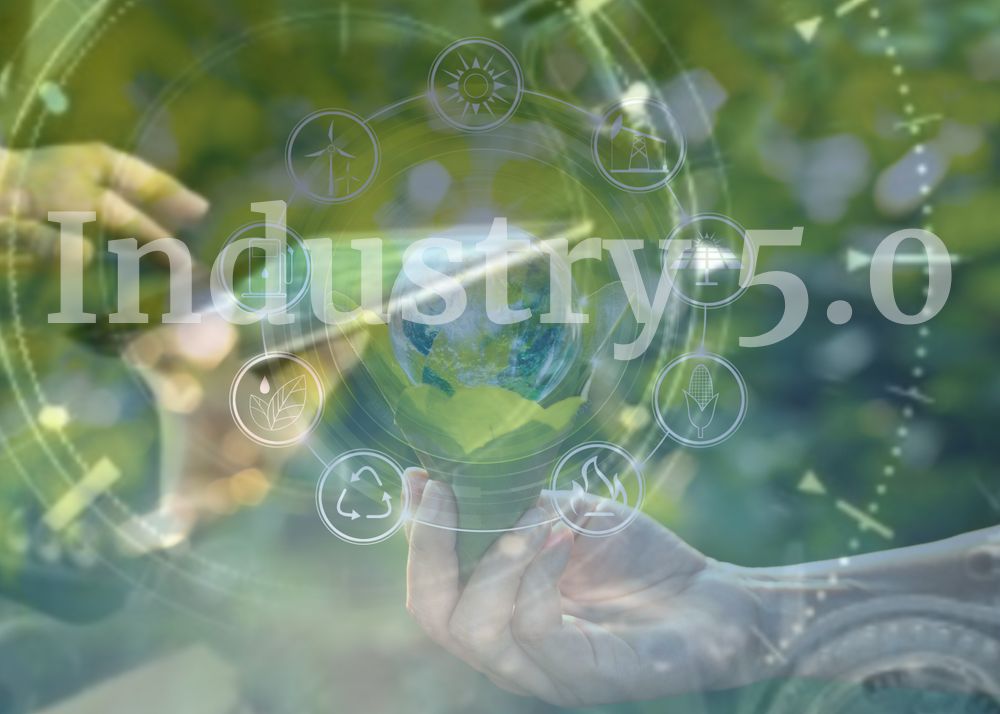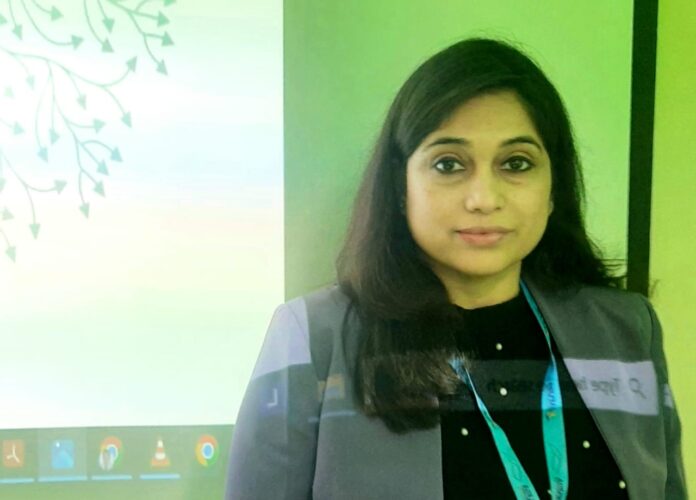Dr. Damayanti Bandopadhya, the Head of Digital Transformation and Innovation at Mahindra Group, is a highly accomplished industry expert. She is renowned for her prowess in fostering business growth through the strategic adoption of innovative technologies. Damayanti has an impressive track record spanning nearly two decades in the field of management consulting. She has played a pivotal role in steering digital transformation initiatives for major multinational corporations, including PwC, EY, and IBM.
During an exclusive conversation with The Interview World at SEEDS 2023, an event organized by Jaipuria Institute of Management and Middlesex University Dubai, Damayanti sheds light on the transition from Industry 4.0 to 5.0 and the noteworthy advancements in sustainable practices within the industry. The following are key insights gleaned from this engaging discussion.
Q: What changes do you see in the transition from Industry 4.0 to 5.0?
A: Let’s delve into the transition from Industry 4.0 to 5.0 and how this evolution is taking shape. In the context of Industry 4.0, we witnessed a significant convergence of human and machine elements. Initially, there was resistance to incorporating machines, but we successfully navigated this hurdle by seamlessly integrating with emerging technologies. This collaboration transformed the manufacturing landscape, enhancing the intelligence and agility of shop floors.
Our focus extended to the Internet of Things (IoT), aiming to optimize machine performance and increase throughput. As throughput improved, so did production efficiency, resulting in a higher global output to meet the growing demands of the economy. India played a pivotal role in this global scenario, experiencing substantial growth during the World 4.0 era.
World 4.0 embraced technologies such as IoT, artificial intelligence, and machine learning, with a deeper exploration into cutting-edge areas like generative AI. As highlighted in my conference note, sustainability became a prevailing mindset among consumers. Factors such as climate change and a heightened awareness of our societal impact drove this shift in consumer behavior.
In response to these changes, consumers became more responsive and conscious of their choices. When making purchasing decisions, considerations expanded beyond personal preferences to include the environmental impact of products. For instance, individuals began contemplating the water usage in manufacturing a pair of jeans or questioning the necessity of the purchase.
This shift in consumer mindset prompted organizations to adapt their practices to align with these changing values. Building trust with customers became crucial, leading to the emergence of concepts like green manufacturing and circular economy. Companies began evaluating suppliers not just for their products but also for their credibility and societal impact.
The industry lexicon evolved to incorporate terms like circular economy and green manufacturing, reflecting the increasing emphasis on sustainable practices. This transformation paved the way for the convergence of Industry 4.0 and 5.0. Subsequently, it gives rise to what we now recognize as Society 5.0.
Q: How do you think that the industry 5.0 is going to be a game-changer for society, substantiality, and development?
A: I view this perspective through the lens of inclusivity, a concept that goes beyond the commonly discussed themes of diversity and women’s empowerment. Inclusivity, in its true essence, involves embracing collaboration with non-human entities in making critical business decisions. Consider a scenario where I am working alongside a non-humanoid colleague devoid of any biases.
Individuals like us are progressively adopting and incorporating such practices into our professional lives. This signifies a shift towards openness in collaborating with non-human entities, treating them as allies rather than mere tools. A notable example is Erica, a humanoid developed in Kyoto. Currently, it’s undergoing intensive efforts to learn human laughter and social behavior patterns through deep learning. The goal is for the humanoid to interact seamlessly with humans, mirroring social behaviors such as smiling in response to a person’s smile. This exemplifies the evolving landscape of inclusion and marks a significant aspect of what is termed Industry 5.0.
Q: Is Industry 5.0 going to reduce the risk of dangerous working conditions?
A: Certainly, that’s precisely it. I believe a key motivator is rooted in the social aspect of ESG. The social pillar emphasizes the significant risks associated with tasks such as deploying a human at a height of 50,000 feet to paint a building or sending a person for reconnaissance analysis in extremely cold conditions, where temperatures drop to minus 50 degrees Celsius—essentially putting human lives at risk. If there’s a technological solution or method that can mitigate these risks, eliminate the human element from harm, and seamlessly integrate it into our business operations, organizations would welcome such advancements.
Q: What will be the future of technology in the coming decades?
A: I anticipate widespread adoption of GenAI due to its remarkable progress in responsiveness, despite the similarity in use cases to machine learning AI from 2014 or 2015. GenAI’s accelerated response time positions it as a prominent player in the field.
When considering alternative materials, particularly in manufacturing, such as the fabric of a product or the chassis of a car, it is essential to assess their impact on the future. For instance, examining the rate of refurbishment, like the automotive industry’s move towards BS6, which advocates for a 60% reuse of scrap yard vehicles, indicates a growing trend. Adapting to such regulations and standards requires the swift integration of technological advancements.
From a technological standpoint, the implementation of sensors, IoT, computer vision, and efficiency measures will contribute to reducing quality defects and addressing gaps in computer vision applications. GenAI will play a crucial role in processing data, conducting analysis, and generating insights. Additionally, Quantum technology may expedite transactional processes, further enhancing the overall pace of development. I foresee these factors, along with advancements in deep tech and climate tech, exerting a substantial influence on the technological landscape.



